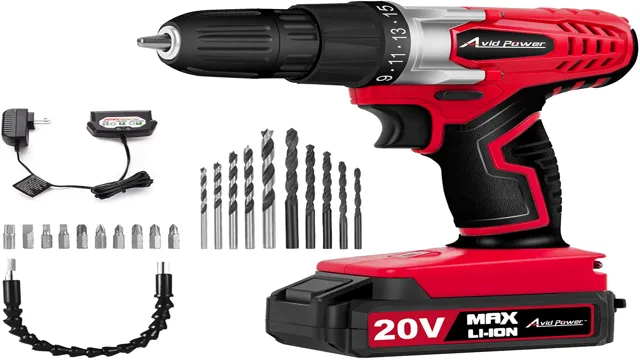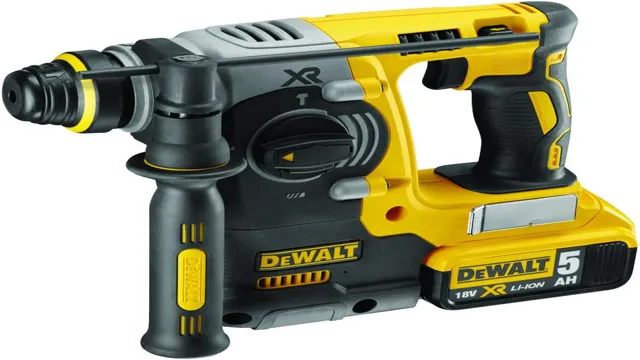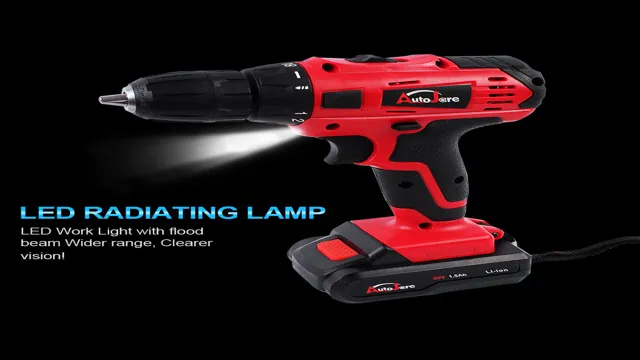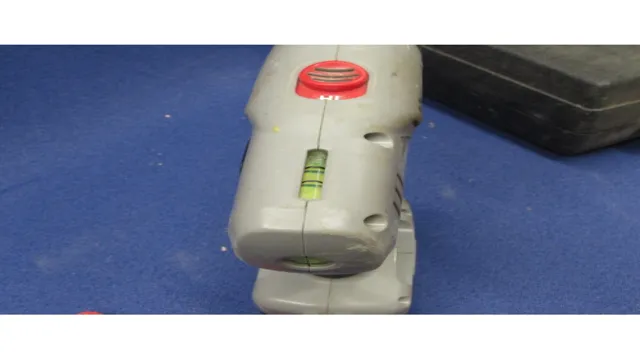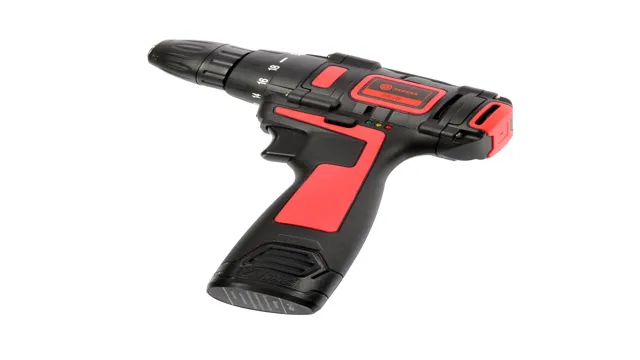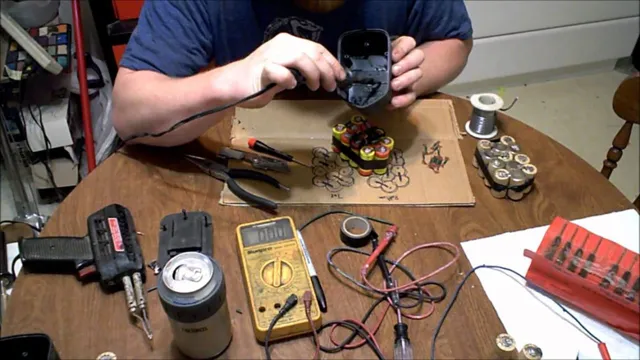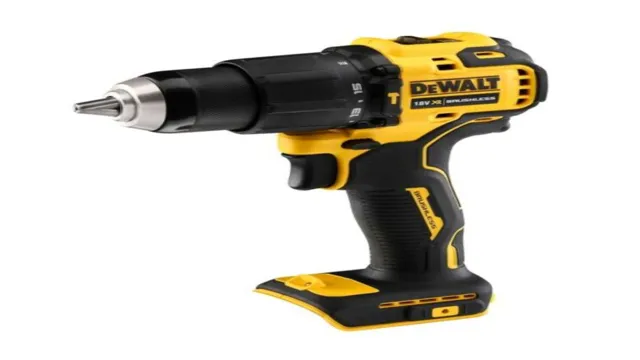Can a Cordless Drill Drill Concrete? Tips on Using a Cordless Drill for Concrete Drilling
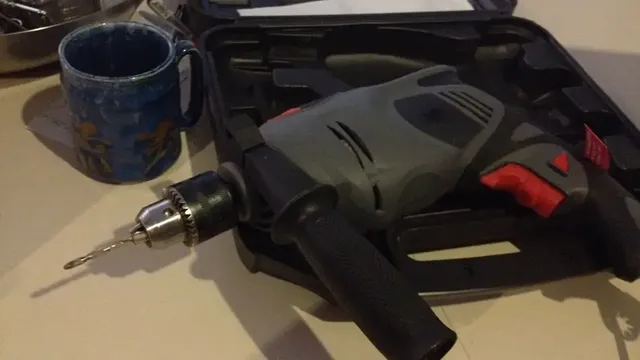
Are you looking to drill concrete using a cordless drill but not sure where to start? Concrete is notoriously difficult to drill, but it is possible with the right tool and technique. Cordless drills have come a long way in recent years, and many models have enough power to get the job done without the need for a corded drill. With the right combination of drill bit and drilling technique, you can achieve your desired results.
In this article, we will cover everything you need to know about drilling concrete with a cordless drill, from the best drill bits to use to how to achieve clean and efficient drilling. Let’s get started!
How Cordless Drills Work
While cordless drills are incredibly versatile tools, they may not be the best choice for drilling through concrete. Concrete is a tough and durable material that requires a lot of power to penetrate. The standard cordless drill may lack the necessary strength to get the job done, but there are options available that are specifically designed for concrete drilling.
These drills are equipped with powerful motors and specialized drill bits that can efficiently bore through tough surfaces like concrete. If you plan to take on a concrete drilling project, it’s essential to choose the right tool for the job to avoid damaging your drill or injuring yourself. While a standard cordless drill may not be able to handle the challenge, a high-quality concrete drill will have no trouble making quick work of the toughest surfaces.
So, to answer the question, yes, a cordless drill can drill through concrete, but only if it has the necessary power and specialized drill bits.
Key Components of Cordless Drills
Cordless drills are perfect for drilling holes and driving screws where there is no access to a power outlet. With cordless drills, you don’t need to worry about the tangled power cords or being tethered to a wall. They work by storing power in a rechargeable battery that provides the power needed to turn the drill bit.
Modern cordless drills come in various sizes and shapes, from small ones for everyday use to large ones for more heavy-duty tasks. The key components of cordless drills include the battery, motor, and chuck. The battery is the source of power, the motor is responsible for spinning the chuck, and the chuck is where you attach the drill bits or screwdriver tips for driving screws.
Moreover, some of the best cordless drills come with LED lights that illuminate the work surface, making it easier to work in poorly lit areas. The battery life is also an important factor to consider when choosing a cordless drill, as it determines how long you can work without recharging the battery.
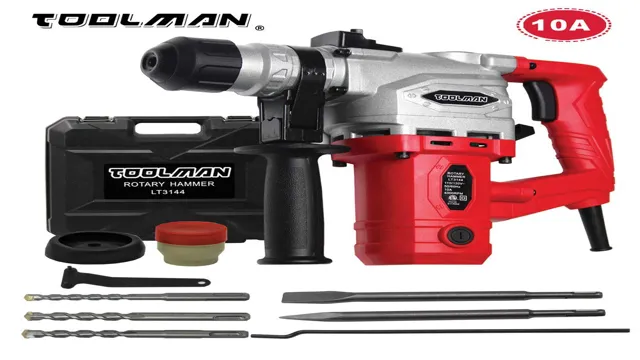
Power Output of Cordless Drills
Cordless drills have become an indispensable tool in every DIYer’s kit. These drills use rechargeable batteries to power the motor, making them much easier to use compared to their corded counterparts. The power output of a cordless drill is measured in volts, with most models ranging from 6V to 24V.
The higher the voltage, the more powerful the drill is. However, a drill’s power output is not solely determined by its voltage. Other factors such as brushless motors, lithium-ion batteries, and gear ratios also play a role in determining a cordless drill’s power.
Furthermore, the power output of a drill will also depend on the task at hand. For example, drilling through a dense material like concrete will require more power output than drilling through wood. So, it’s important to choose a drill that offers the right balance of voltage and features to get the job done effectively.
Drilling into Concrete with a Cordless Drill
When it comes to drilling into concrete, you might assume that you need a heavy-duty, corded drill. However, with advances in technology, many cordless drills can now handle drilling into concrete with ease. That said, it’s important to choose the right drill and bit for the job.
You’ll want to look for a drill with high torque and a hammer drill setting. An SDS or masonry bit is also essential for drilling into concrete. Keep in mind that drilling into concrete puts a lot of stress on your drill and battery, so you may need to recharge your battery more frequently or invest in extra batteries to keep the job running smoothly.
With the right tools and techniques, a cordless drill can certainly drill into concrete, saving you time and effort in your DIY projects.
Masonry Bits
Masonry Bits Drilling into concrete can be a daunting task, especially if you’re using a cordless drill. But fear not! With the right tools and techniques, you can make a clean and precise hole in your concrete surface. The first thing you’ll need is a masonry bit.
You May Also Love:
These bits have a specially designed tip that can handle tough materials like concrete, brick, and stone. Choose the right size bit for your job, as using one that is too small will result in a weak and unstable hole, and one that is too large can cause cracks and damage to your surface. Before you start drilling, mark the spot where you want to make the hole with a pencil or marker.
Then, position your drill perpendicular to the surface and apply firm, steady pressure as you drill. It’s important to use a low speed setting with your cordless drill, as high speeds can overheat the bit and cause it to wear out quickly. As you drill, periodically stop and clear the hole of any debris with a small brush or compressed air.
This will not only make the drilling process smoother, but will also help prevent the bit from getting stuck and potentially breaking. Once you’ve drilled to the desired depth, remove the bit and clean the hole of any remaining debris. Voila! You’ve successfully drilled into concrete with a cordless drill.
By using the right masonry bit and following these simple steps, you can tackle any DIY project that involves concrete surfaces with confidence.
Hammer Function
If you’re looking to drill into concrete but don’t have access to a heavy-duty hammer drill, fear not! Many cordless drills on the market today come equipped with a hammer function, which allows them to efficiently and effectively drill into concrete. So, why the need for a hammer function? Unlike other materials, concrete is incredibly dense and hard. Therefore, drilling into it with a normal drill bit just won’t cut it.
That’s where the hammer function comes in. It mimics the motion of a hammer drill by delivering short, sharp bursts of force to help break up the concrete as you’re drilling. It may take a bit longer than with a hammer drill, but with patience and the right technique, you should be able to successfully drill into concrete with your cordless drill’s hammer function.
Remember to use a masonry bit, go slowly, apply a steady, firm pressure, and take breaks as needed. With these simple steps, drilling into concrete with a cordless drill can be done with ease.
Rotational Speeds
When it comes to drilling into concrete with a cordless drill, understanding rotational speeds is crucial for achieving the desired results. Concrete is a dense material that requires a combination of high torque and low speed to effectively penetrate. The rotational speed of a cordless drill is measured in revolutions per minute (RPM).
It’s important to note that a high RPM may seem desirable, but it can actually hinder the drilling process and even damage the drill itself. Generally, a cordless drill should be set to a lower RPM range of around 300-500 when drilling into concrete. This slower speed allows for more control, reduces the risk of overheating, and allows the drill bit to effectively penetrate the material.
Remember, patience is key when drilling into concrete – take your time, handle the drill with care, and always prioritize safety.
Limitations of Cordless Drills
When it comes to drilling through concrete, cordless drills have their limitations. While they are great for drilling through wood and other softer materials, concrete is much harder and more dense. Cordless drills simply lack the power needed to get through concrete effectively.
They may work for small DIY projects, but for larger projects like drilling holes for concrete anchors or rebar, a corded drill with a hammer function is the better option. The extra power and hammer action allow the drill bit to break through the tough concrete surface with ease. So, while a cordless drill may be a convenient tool to have around, it’s important to know its limitations.
If you plan on working with tough materials like concrete, it’s best to invest in a more powerful tool. Can a cordless drill drill concrete? Yes, but it may not be the most practical or effective option.
Battery Life
Battery life is a common limitation of cordless drills. While cordless drills offer great freedom of movement, the battery life can be a real headache. Nothing is worse than having to stop halfway through a project because the drill batteries have run out.
The amount of time that a battery charge lasts varies depending on the quality of the battery and how much you’re using the drill. It’s essential to keep an eye on battery life while working, so you don’t get caught off guard. There are a few things you can do to help improve battery life.
Keeping the battery charged and using the right charger can make all the difference. Most cordless drills come with a charger, and it’s crucial to use the charger that’s appropriate for the battery. If you’re using a battery that doesn’t belong to the drill, check to see if it’s compatible with the charger.
You can also purchase additional batteries as a backup, so you always have a fully charged battery on hand. Overall, it’s essential to keep in mind that battery life is a limitation of cordless drills. However, with proper care and attention, you can maximize the amount of time you can work with a cordless drill without having to stop and recharge the batteries.
With a little extra effort, you can enjoy the freedom of movement that cordless drills provide without being held back by battery life.
Drill Bit Quality
When it comes to using cordless drills, it’s important to be aware of the limitations that can come with this type of tool. One of the most significant limitations is the quality of the drill bit. Because cordless drills rely on battery power, they may not have the same level of torque as corded drills.
This can lead to problems with drilling into tougher materials, such as metal or hardwoods. Additionally, the quality of the drill bit itself can impact its performance. Cheap or low-quality bits can quickly become dull or break, leading to frustrating and time-consuming setbacks.
Therefore, it’s important to invest in high-quality drill bits that are specifically designed for cordless drills to ensure the best possible performance.
Conclusion
In the end, it all comes down to the power and capabilities of the cordless drill. While some may argue that it is possible for a cordless drill to drill through concrete, it may not be the wisest or most effective choice. So, when it comes to drilling concrete, it’s best to leave it to the experts and their specialized tools.
After all, why use a toothpick when you can use a sledgehammer?”
FAQs
Can a cordless drill be used to drill concrete?
Yes, but it’s important to use the right drill bit and choose a model with enough power and speed.
What is the best type of drill bit for drilling concrete with a cordless drill?
A masonry bit or carbide-tipped bit is recommended for drilling into concrete with a cordless drill.
How long will a cordless drill battery last when drilling into concrete?
This can vary greatly depending on the power and capacity of the battery, as well as the thickness and density of the concrete.
What safety precautions should I take when drilling concrete with a cordless drill?
Always wear eye protection and a dust mask to protect yourself from flying debris and harmful dust.
Can a cordless hammer drill be used for drilling concrete?
Yes, a cordless hammer drill is designed specifically for drilling into harder materials like concrete and masonry.
Can a cordless drill be used for more than just drilling holes in concrete?
Yes, a cordless drill can be used for a variety of tasks including driving screws, mixing paint or mortar, and more.
What should I look for when choosing a cordless drill for drilling concrete?
Look for a model with high torque, variable speed control, and a durable, long-lasting battery.

